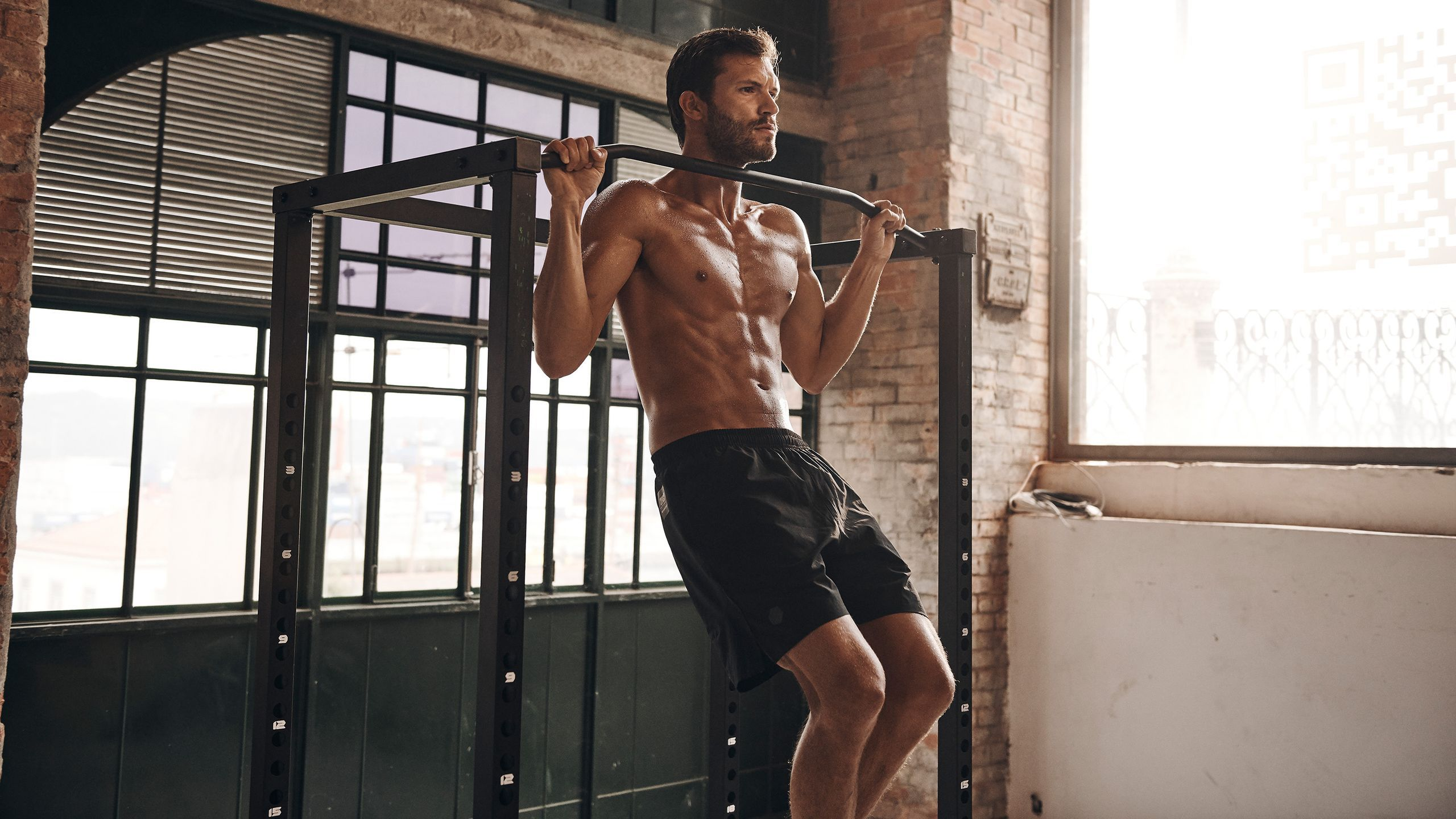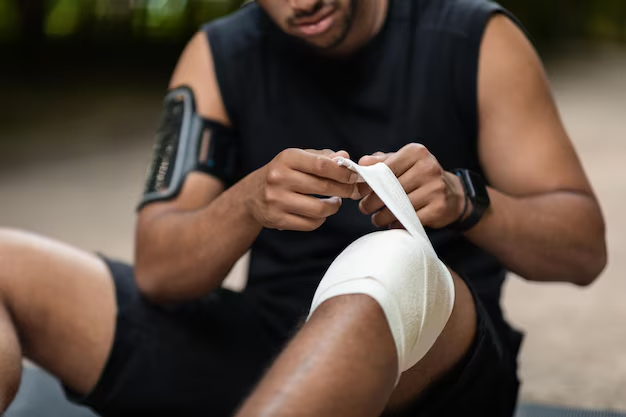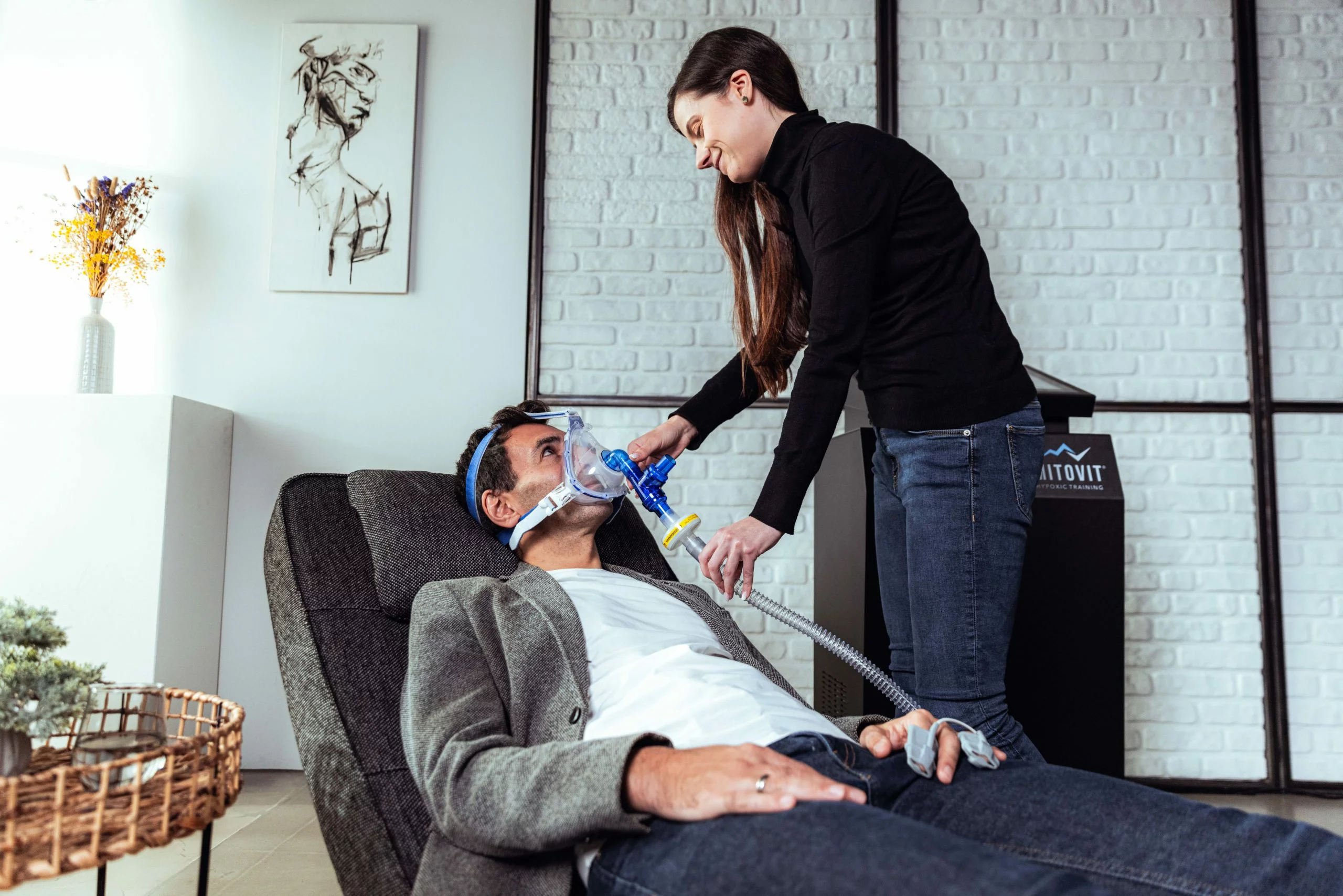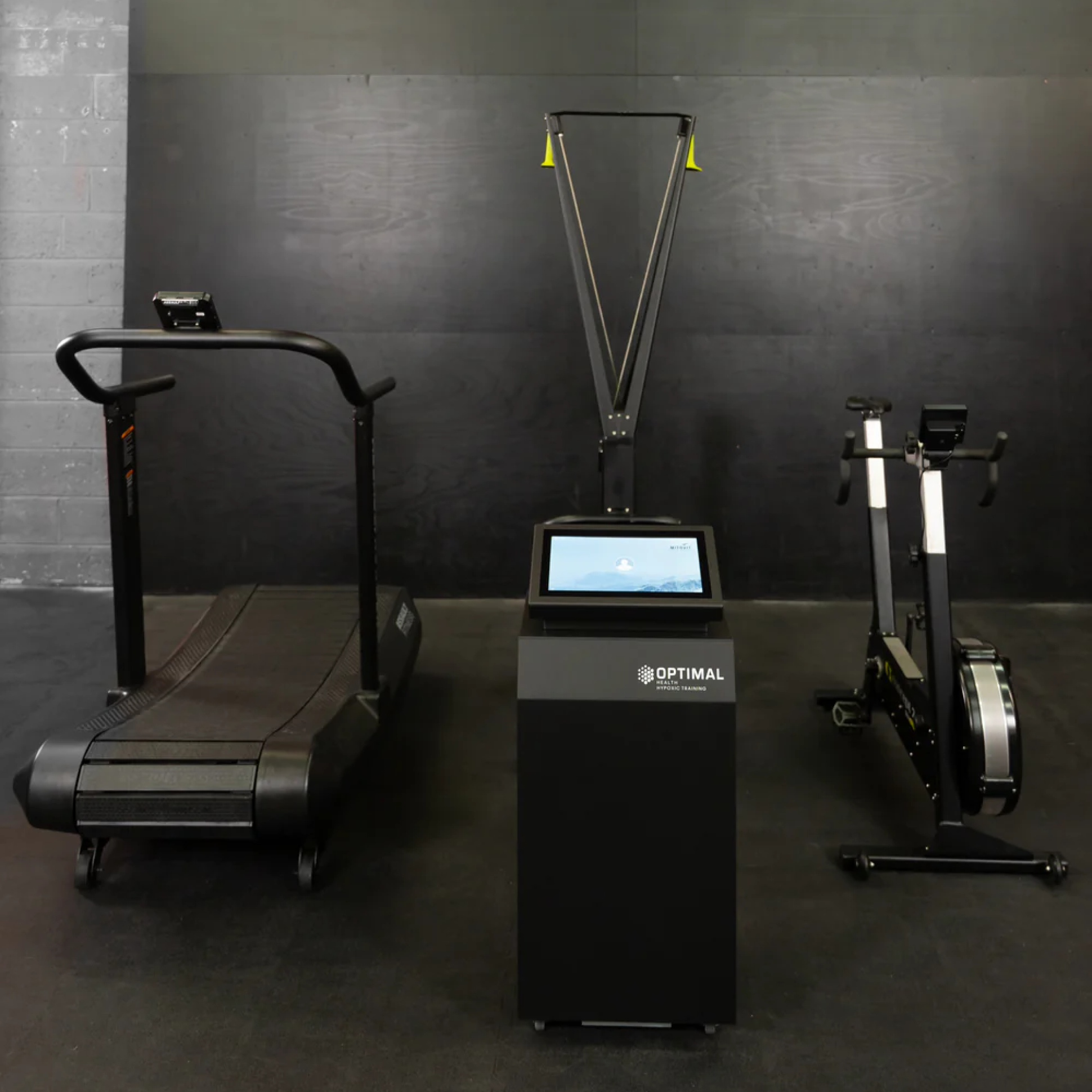
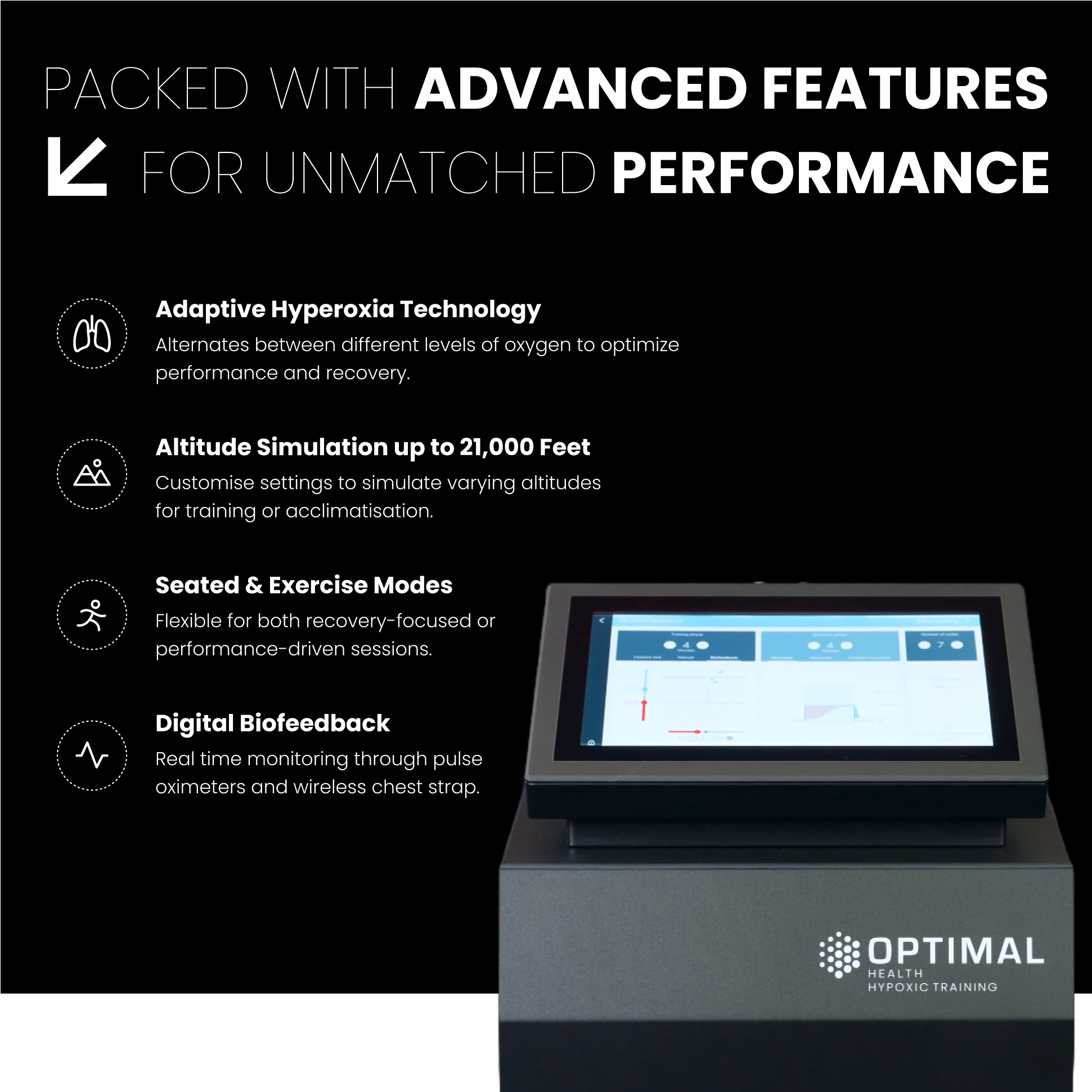
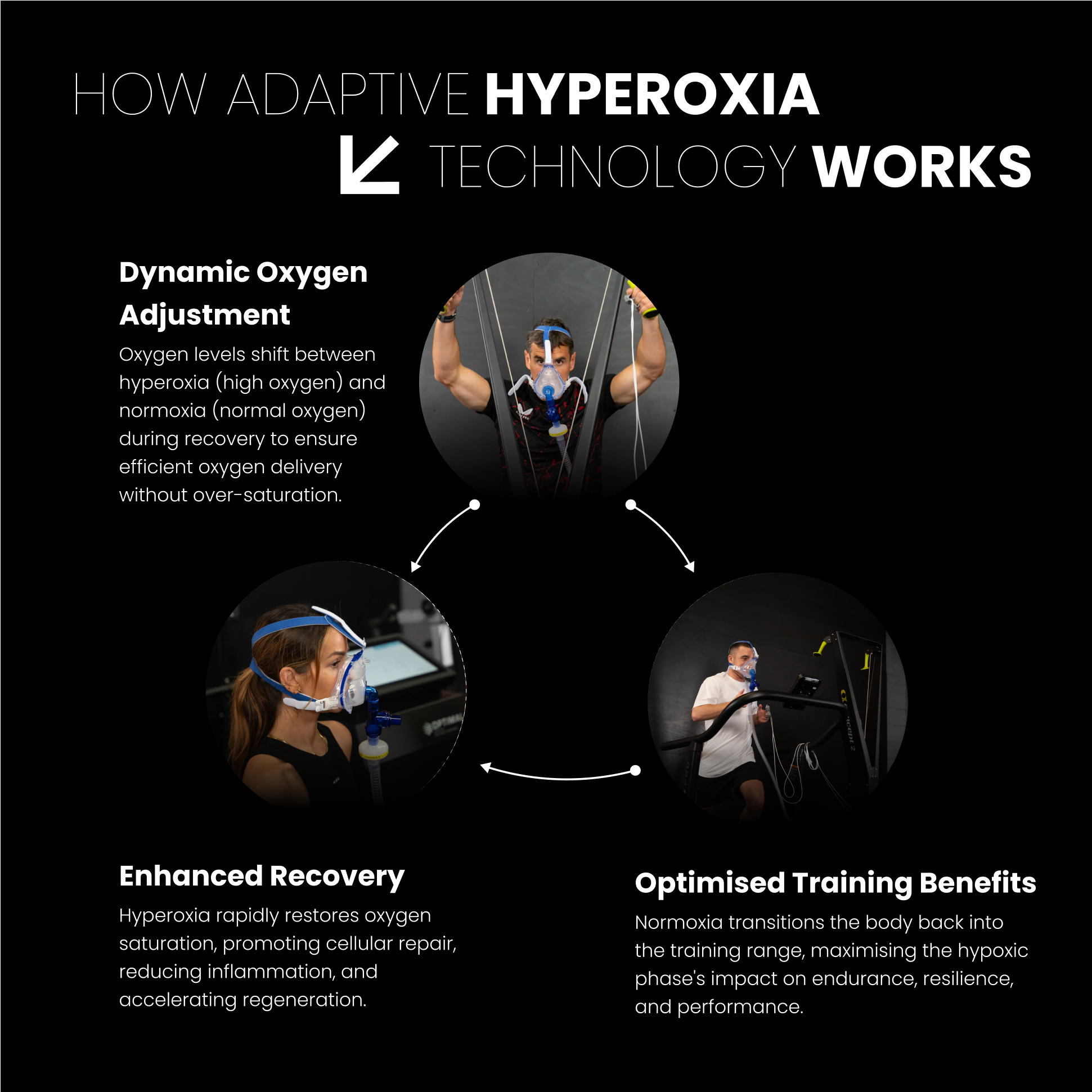
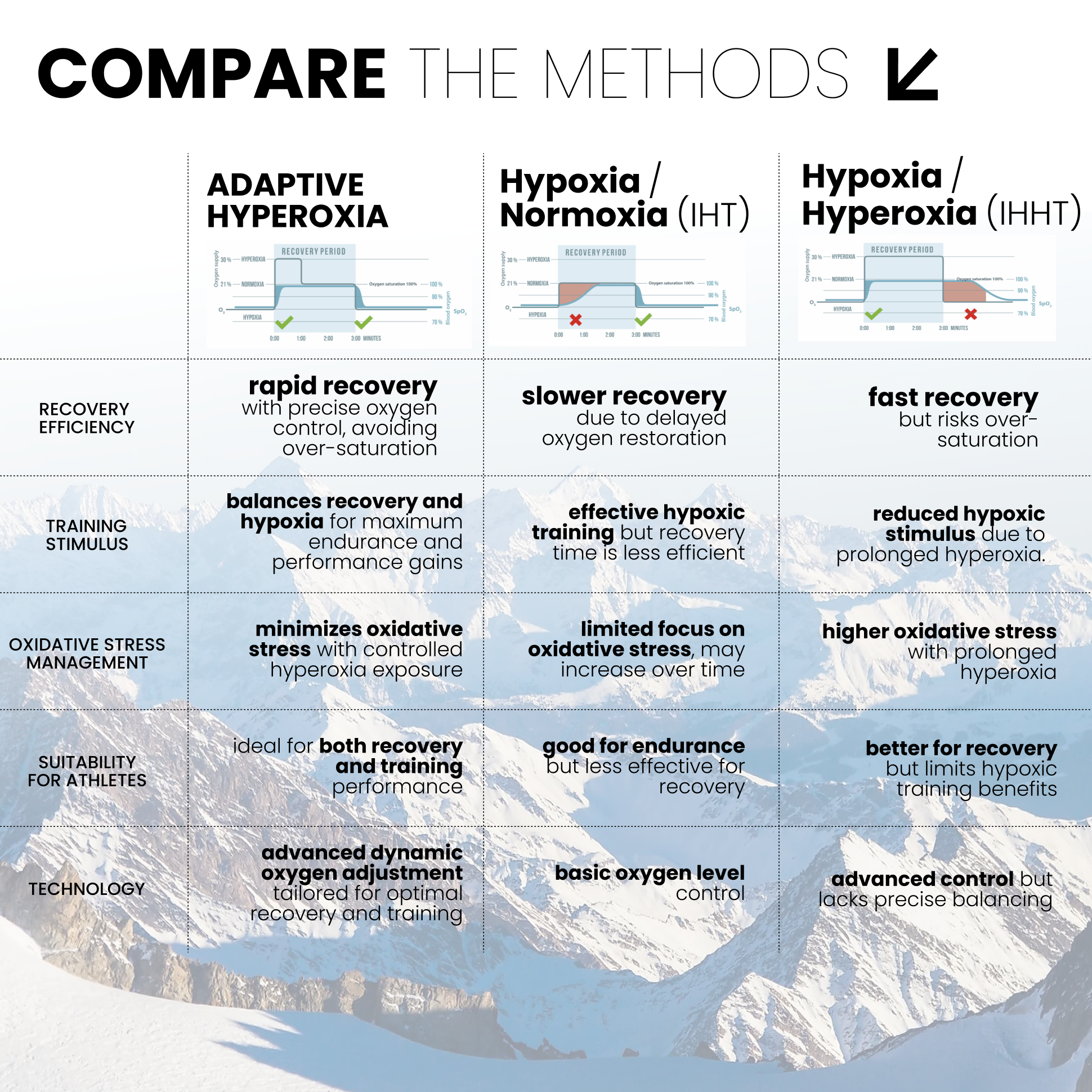
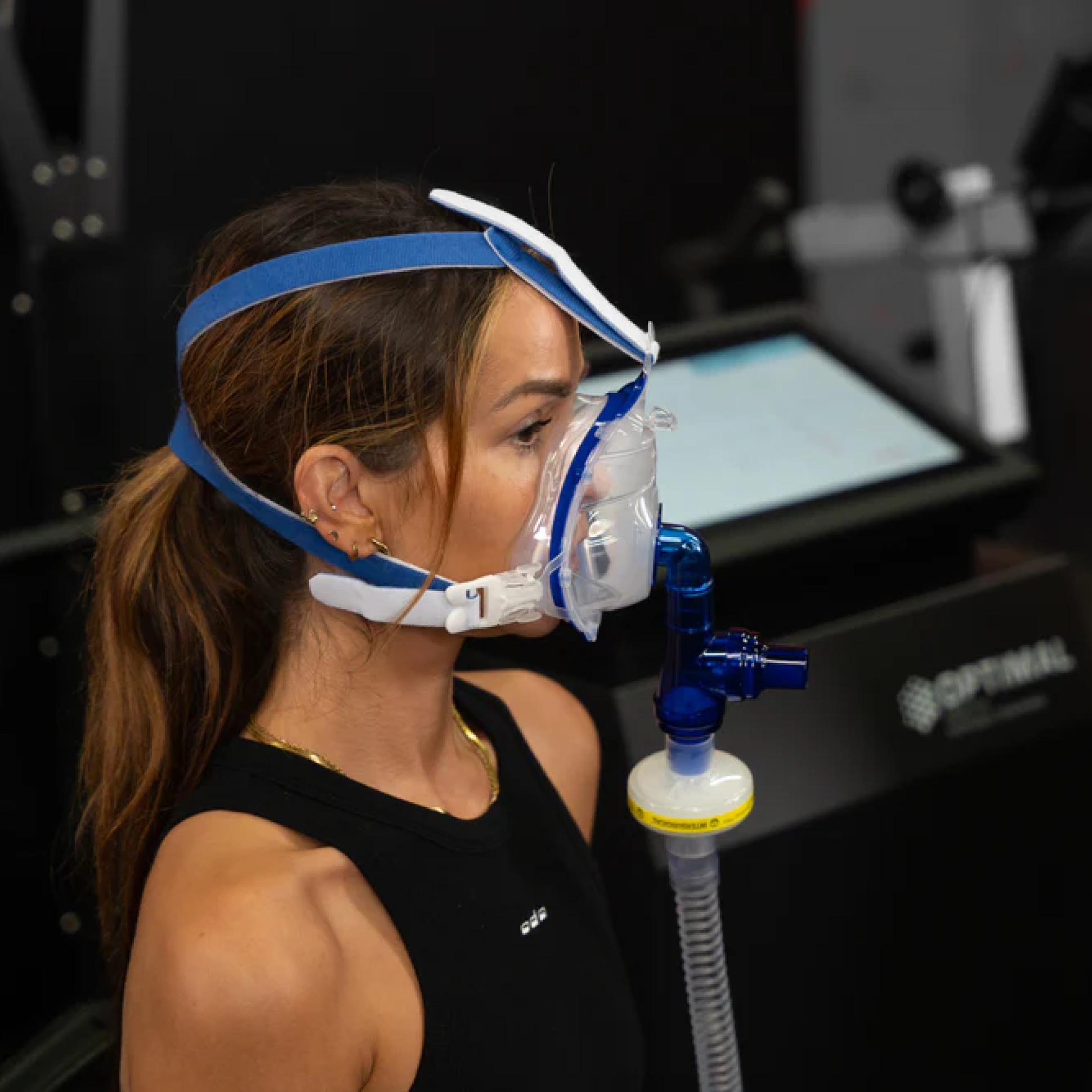
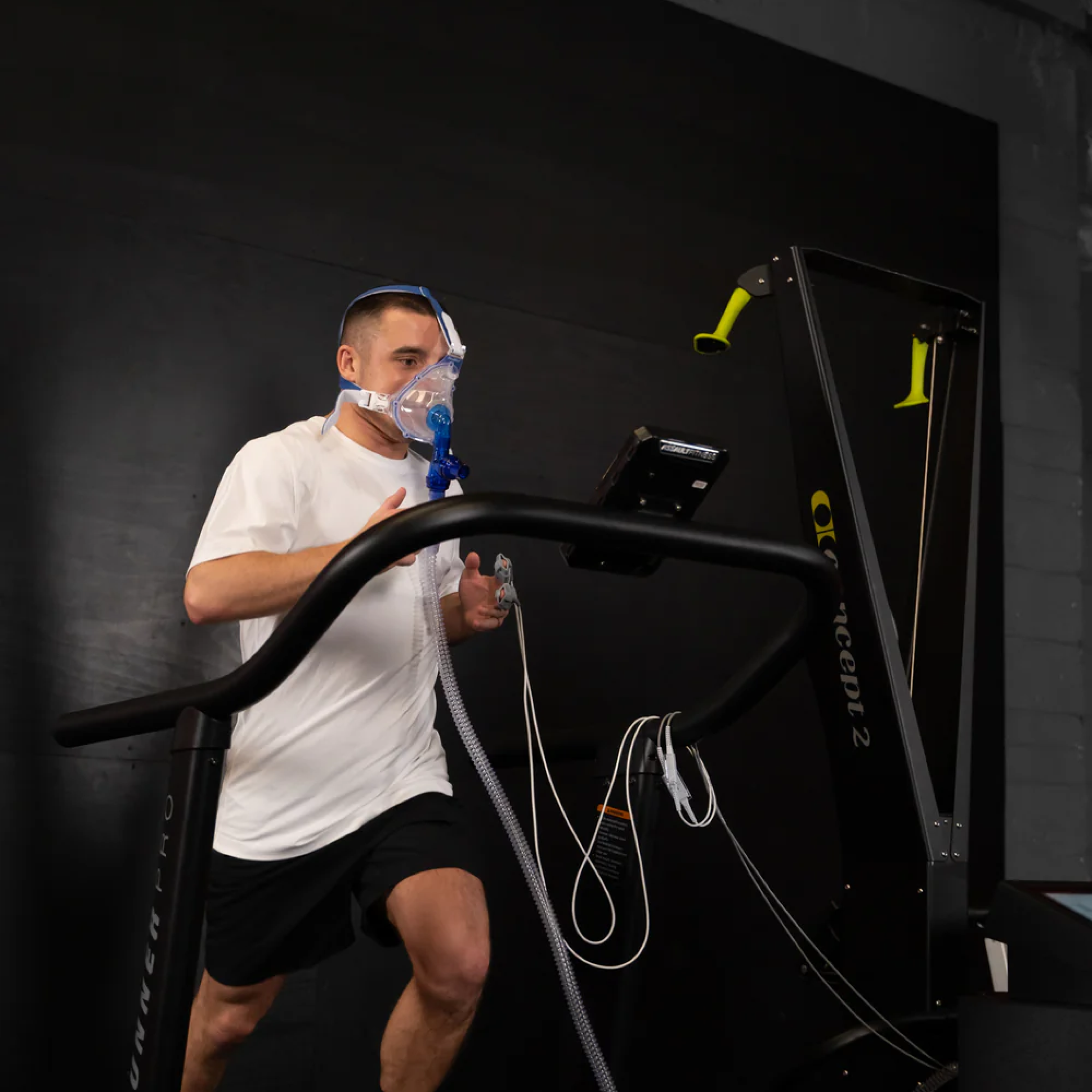
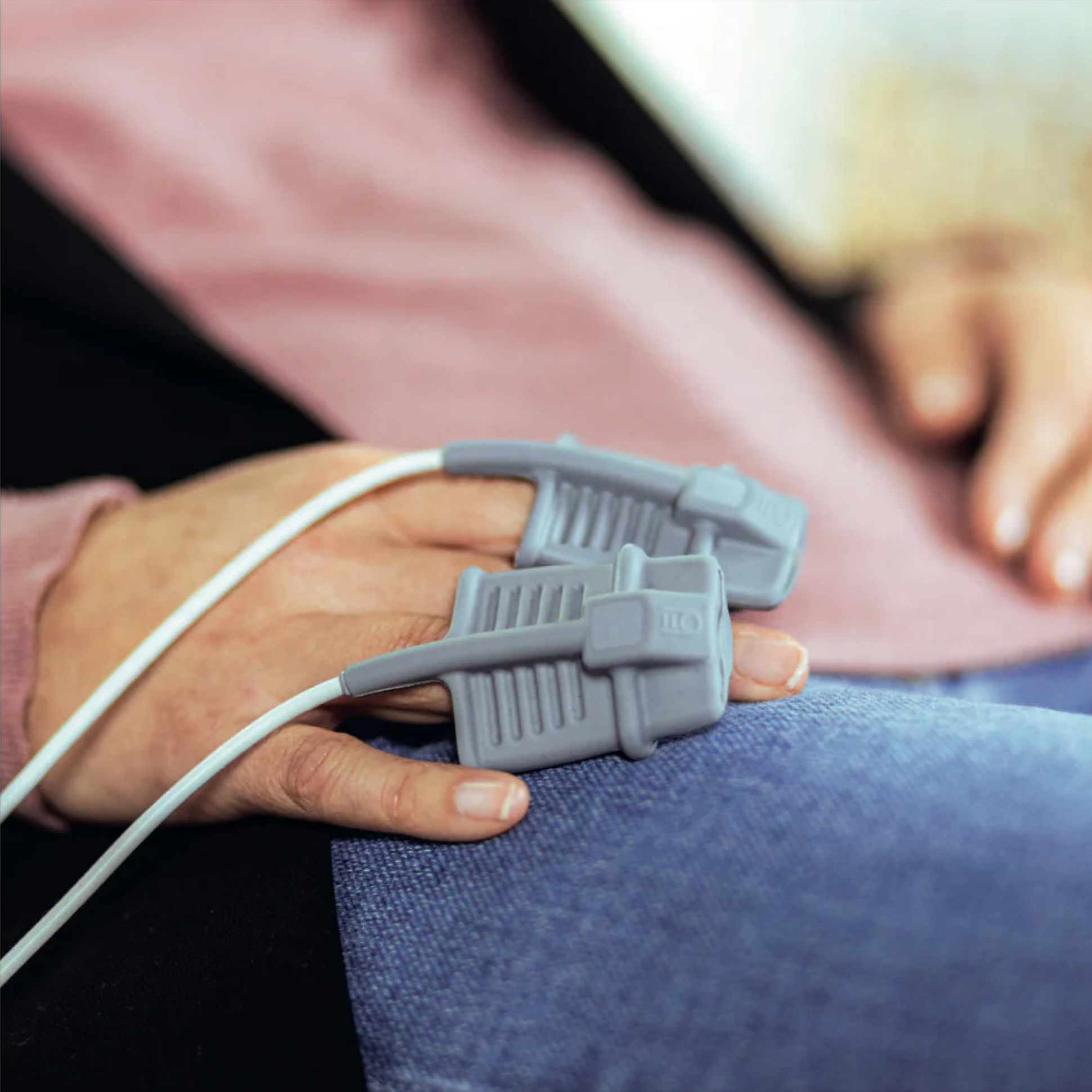
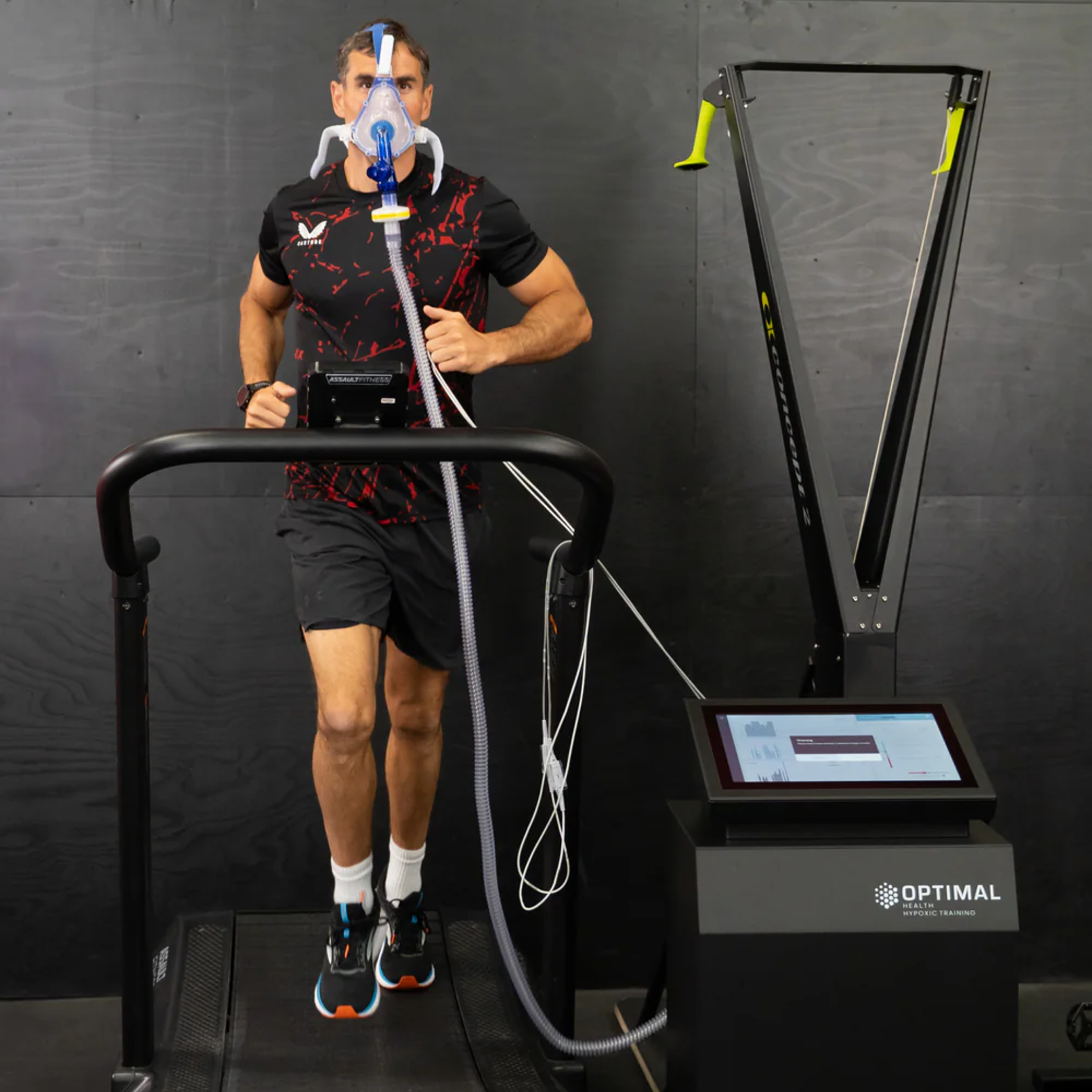
AeroVita™ - Hypoxic Treatment Machine for Altitude Training
Enhanced
Endurance
and Stamina
Accelerated
Recovery
Improved
Adaptability
Increased
Vitality and
Well-being
Free Delivery,
Installation &
Training
Payment plan
available
Free Delivery, Installation,
and Training
UK-Based
Stock
Specifications
Weight & Dimensions
Power Supply Requirements
How fast will I get my order?
Packed with Advanced Features for Unmatched Performance
Packed with Advanced Features
for Unmatched Performance
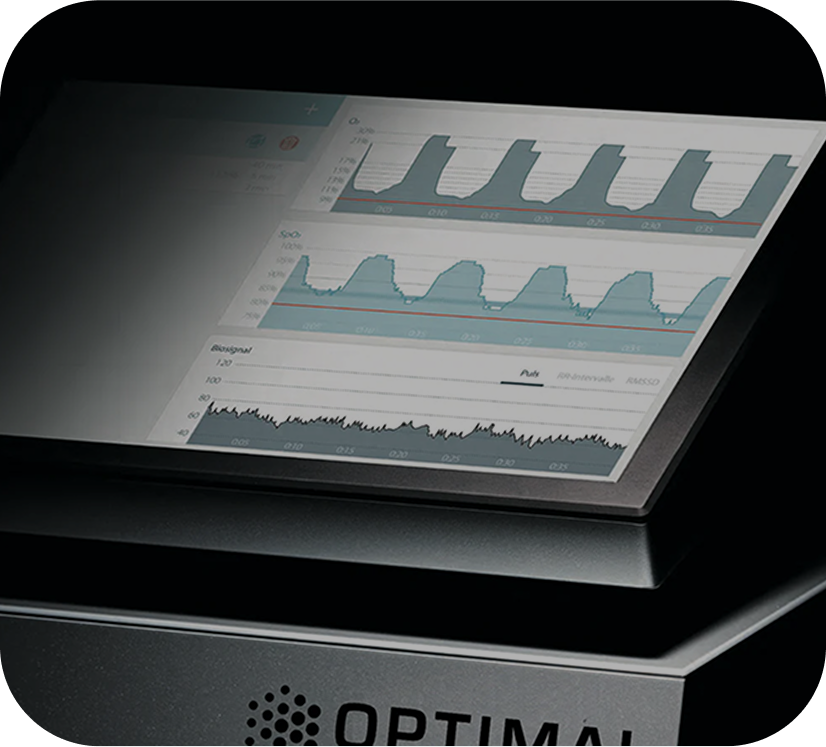
Adaptive Hyperoxia Technology
Alternates between different levels of oxygen to optimize performance and recovery.
Altitude Simulationup to 21,000 Feet
Customise settings to simulate varying altitudes for training or acclimatisation.
Seated & Exercise Modes
Flexible for both recovery-focused or performance-driven sessions.
Digital Biofeedback
Real time monitoring through pulse oximeters and wireless chest strap.
How Adaptive Hyperoxia Technology Works
How Adaptive Hyperoxia
Technology Works
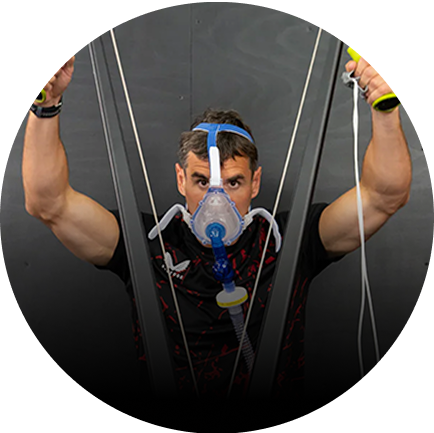
Dynamic Oxygen Adjustment
Oxygen levels shift between hyperoxia (high oxygen) and normoxia (normal oxygen) during recovery to ensure efficient oxygen delivery without over-saturation.

Enhanced Recovery
Hyperoxia rapidly restores oxygen saturation, promoting cellular repair, reducing inflammation, and accelerating regeneration.

Optimised Training Benefits
Normoxia transitions the body back into the training range, maximizing the hypoxic phase's impact on endurance, resilience, and performance.
Train Smarter for Any Goal
REAL PEOPLE
REAL TRANSFORMATIONS
Nobel Prize-Winning Science Behind Hypoxia
Nobel Prize-Winning Science
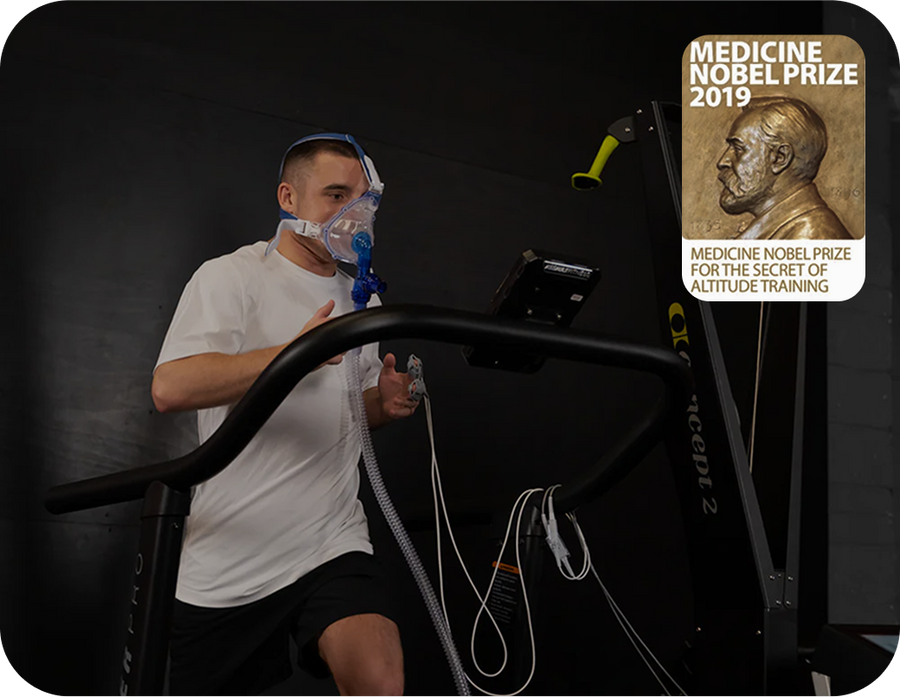
Behind Hypoxia
In 2019, William Kaelin, Gregg Semenza, and Peter Ratcliffe won the Nobel Prize in Medicine for discovering how cells adapt to oxygen levels. Their research revealed:
Hypoxia removes damaged mitochondria.
It stimulates the creation of new, healthy mitochondria.
Hypoxia optimises oxygen delivery to organs and tissues.
Compare the Methods
Compare the Methods
|
Adaptive Hyperoxia 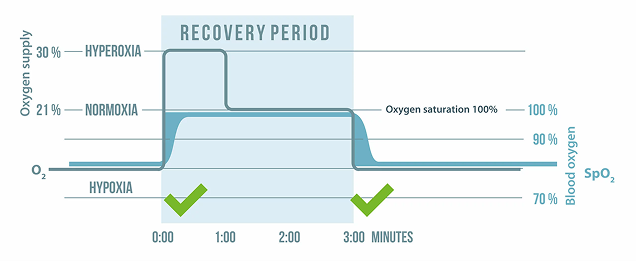 |
Hypoxia / Normoxia (IHT) 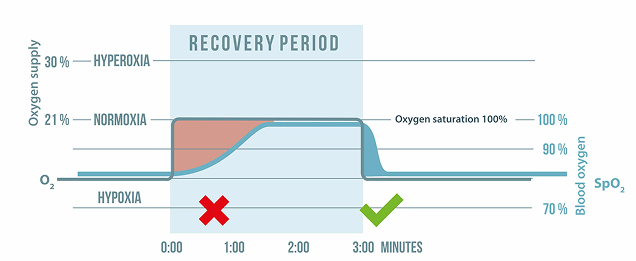 |
Hypoxia / Hyperoxia (IHHT) 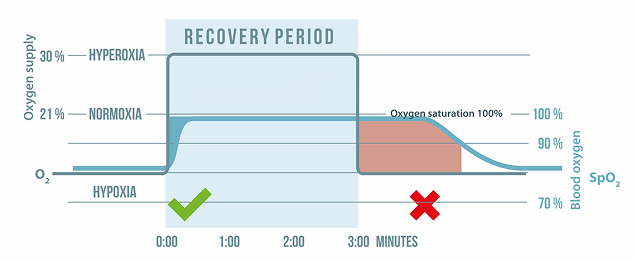 | |
|---|---|---|---|
| Recovery Efficiency | rapid recovery with precise oxygen control, avoiding over-saturation | slower recovery due to delayed oxygen restoration | fast recovery but risks over-saturation |
| Training Stimulus | balances recovery and hypoxia for maximum endurance and performance gains | effective hypoxic training but recovery time is less efficient | reduced hypoxic stimulus due toprolonged hyperoxia. |
| Oxidative Stress Management | minimizes oxidative stress with controlled hyperoxia exposure | limited focus on oxidative stress, may increase over time | higher oxidative stress with prolonged hyperoxia |
| Suitability for | ideal for both recovery and training performance | good for endurance but less effective for recovery | better for recovery but limits hypoxic training benefits |
| Technology | advanced dynamic oxygen adjustment tailored for optimal recovery and training | basic oxygen level control | advanced control but lacks precise balancing |
Versatility for Every Goal
Versatility for Every Goal
The Hypoxic Machine adapts to your needs, whether for seated recovery or active training.
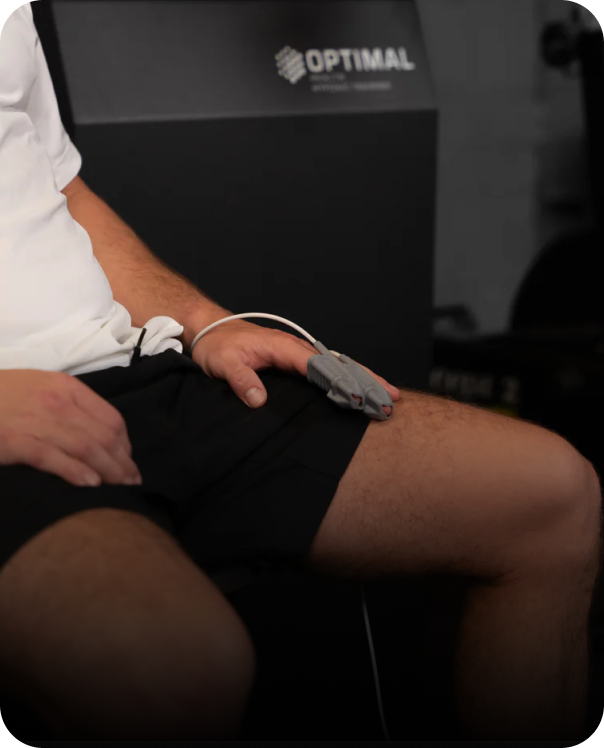
Seated Sessions
Boosts cellular repair and accelerates muscle recovery.
Reduces fatigue while enhancing overall energy levels.
Ideal for relaxation and post-workout recovery.
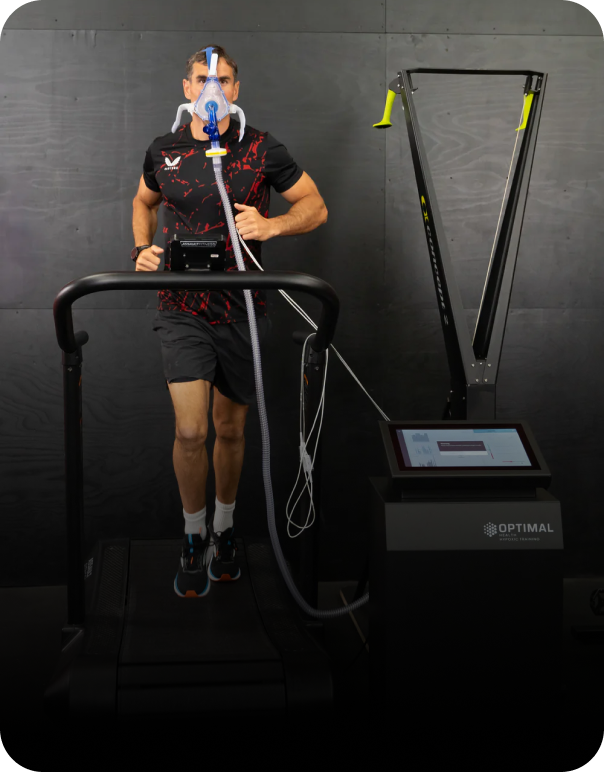
Exercise Mode
Simulates high-altitude conditions to improve endurance and stamina.
Increases oxygen efficiency for enhanced athletic performance.
Supports cardiovascular and muscular adaptation during active training.
From Delivery to training in 3 Simple Steps
From Delivery to training
in 3 Simple Steps
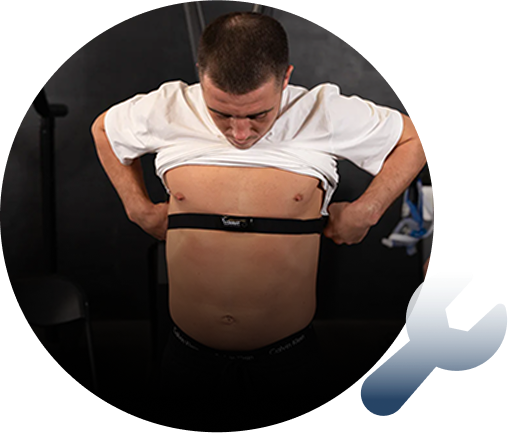
Seamless Setup by Experts
Our team ensures professional delivery, installation, and setup, so your hypoxic machine is ready to use without hassle.
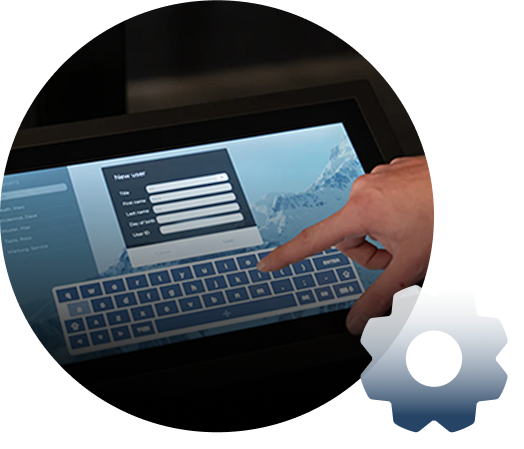
Adjust Your Settings
Set up your desired oxygen concentration for personalised treatment.
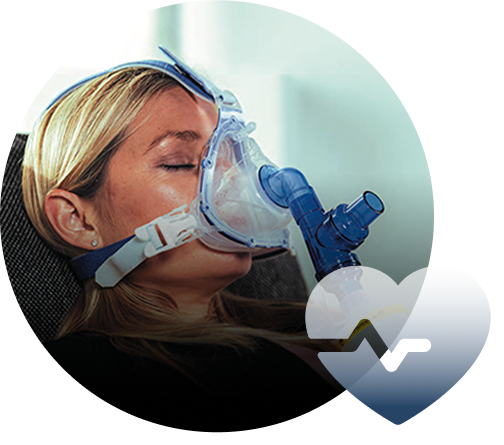
Train or Recover
Enjoy the benefits of hypoxic treatment and experience the advantages of high-altitude training at sea level.
Trusted by:


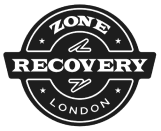


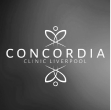












FREQUENTLY
ASKED QUESTIONS
It delivers high-oxygen air during recovery and low-oxygen air during training to simulate altitude changes. This boostsendurance, speeds recovery, and enhances cell regeneration by improving how your body uses oxygen.
Up to 21,000 feet (6,400 meters), replicating extreme high-altitude conditions for training and acclimatisation.
Yes, it’s customisable for all fitness levels, from first-timers to elite athletes.
Yes, it supports both passive recovery and active performance training.
Minimal—regular filter checks and surface cleaning are recommended.
Yes, they’re adjustable, breathable, and designed for long sessions.




